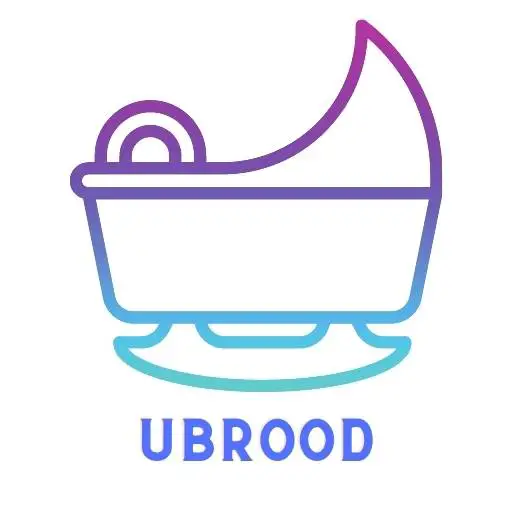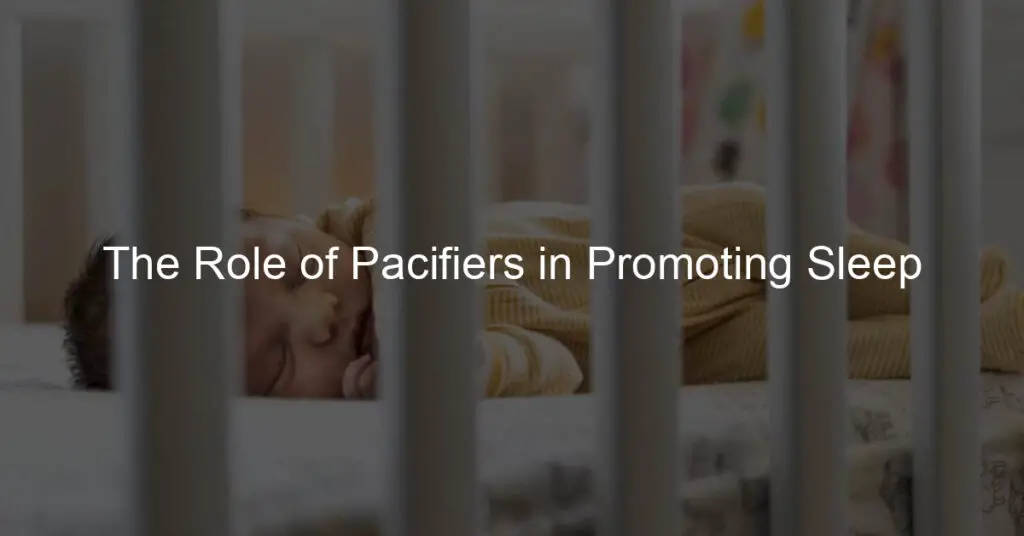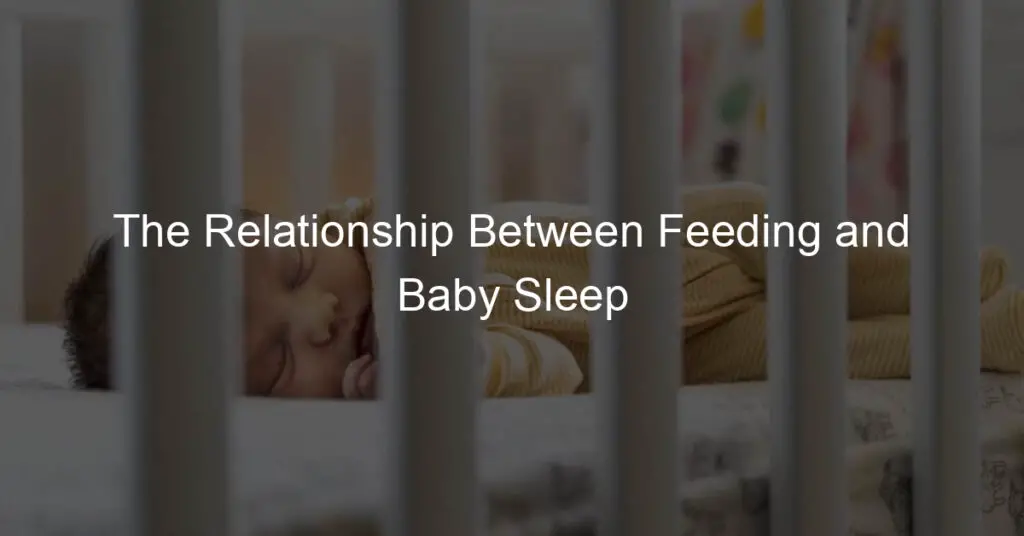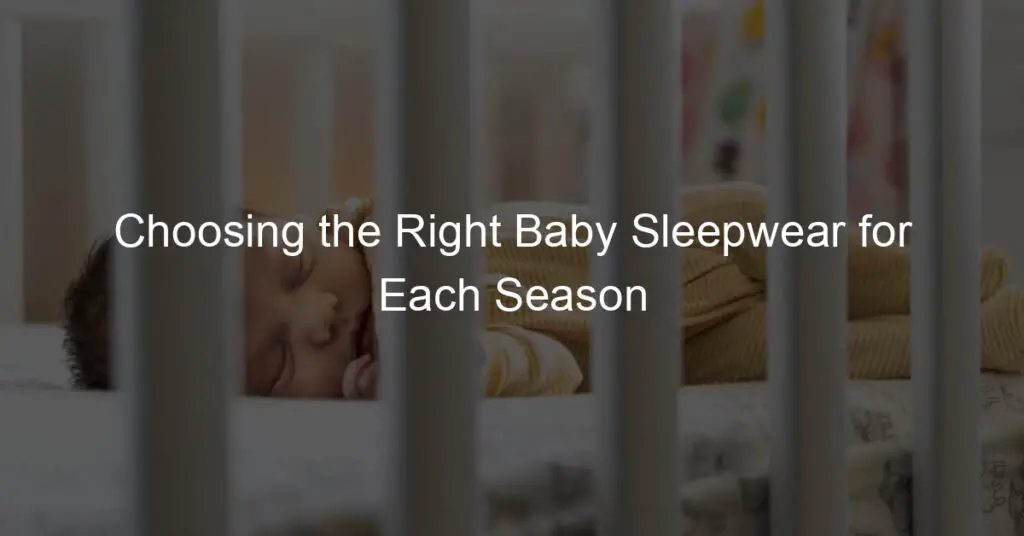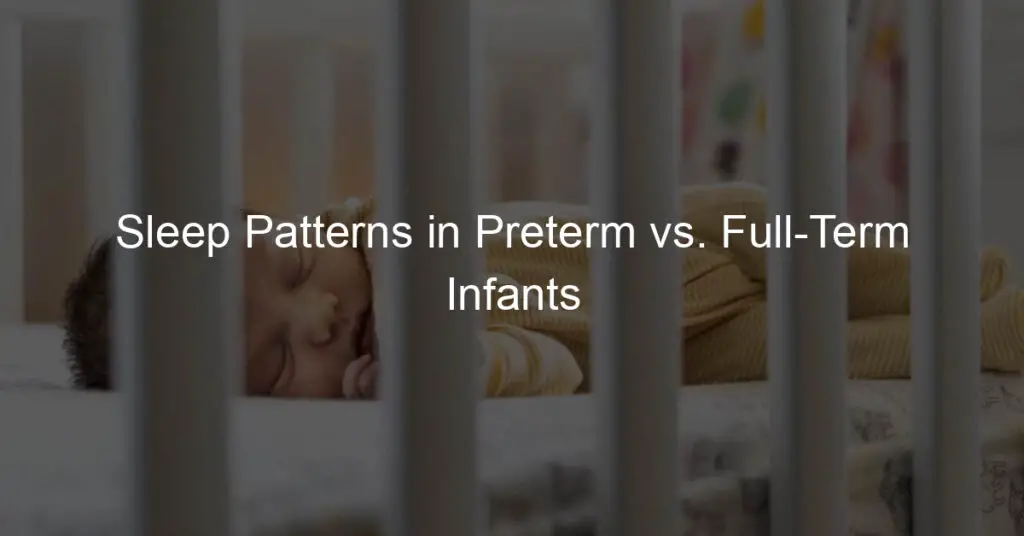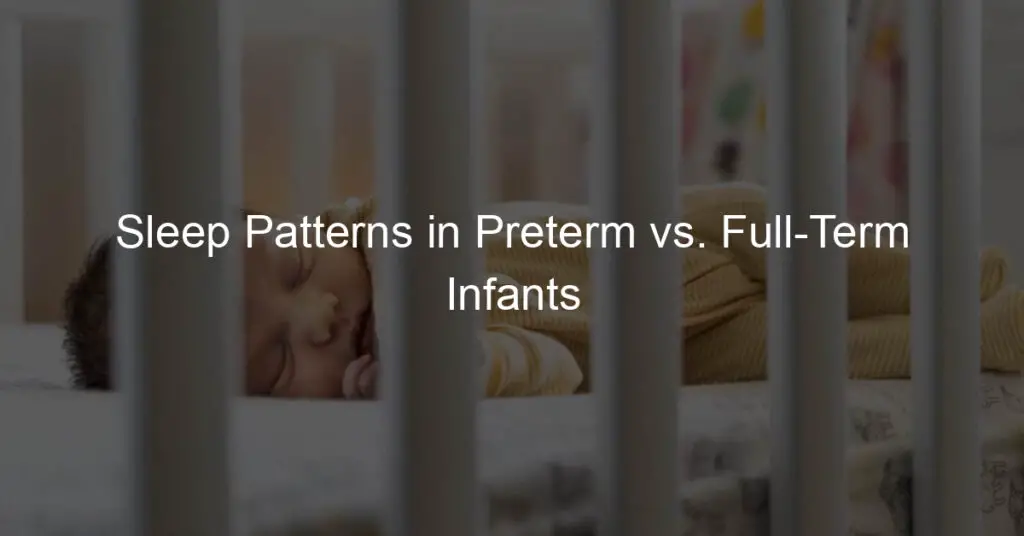Introduction to Pacifiers and Sleep
When it comes to baby sleep, pacifiers have been a topic of discussion among parents and pediatricians alike. This article aims to shed light on the connection between pacifiers and sleep, and why pacifiers are often considered a secret weapon for better baby sleep.
-
- Understanding the connection between pacifiers and sleep
Many parents have noticed that their babies sleep more soundly with a pacifier. This is not a mere coincidence. According to a study, sucking on a pacifier can help soothe and calm babies, making it easier for them to fall asleep. The act of sucking provides a sense of security and comfort, which can promote better sleep.
-
- Why pacifiers are considered a secret weapon for better baby sleep
Pacifiers are often referred to as a ‘secret weapon’ for baby sleep. This is because they can serve as a powerful sleep association, signaling to babies that it’s time to sleep. Moreover, pacifiers can help babies self-soothe during the night, reducing the need for parental intervention and thus leading to longer, uninterrupted sleep. However, it’s important to note that while pacifiers can be beneficial, they should be used appropriately and safely.
In the following sections, we will delve deeper into the benefits of pacifiers, their role in sleep training, and their impact on newborn sleep and sleep patterns. We will also present case studies on pacifier use and baby sleep, and provide key takeaways on pacifiers and better baby sleep.
Benefits of Pacifiers
When it comes to soothing a fussy baby or promoting a sense of comfort and security, pacifiers can be a parent’s best friend. Let’s explore the benefits of pacifiers for babies.
Pacifiers for Babies
-
- How pacifiers can soothe a fussy baby
One of the primary benefits of pacifiers is their ability to calm a crying or fussy baby. The sucking action is a natural instinct for babies and can provide a soothing and comforting effect. In fact, according to a study, babies who use pacifiers tend to cry less than those who do not.
-
- The role of pacifiers in promoting comfort and security
Pacifiers can also play a significant role in promoting a sense of comfort and security for babies. The familiar object can provide a source of comfort in new or stressful situations. For instance, a pacifier can help a baby adjust to a new environment, such as a daycare or a new home. Furthermore, the consistent use of a pacifier can help a baby develop a sense of security and routine, which can be beneficial for their emotional development.
In conclusion, pacifiers can be a valuable tool for parents, offering a simple and effective way to soothe a fussy baby and promote a sense of comfort and security. However, it’s important to remember that every baby is different, and what works for one may not work for another. Therefore, it’s always best to consult with a healthcare professional before introducing a pacifier to your baby’s routine.
Pacifier Benefits for Sleep
When it comes to baby sleep, pacifiers can be a game-changer. Not only do they provide comfort, but they also have specific benefits that can aid in establishing a healthy sleep routine for your little one. Let’s explore these benefits in detail.
-
- How pacifiers can help establish a sleep routine
Pacifiers can be a useful tool in creating a consistent sleep routine for your baby. The act of sucking on a pacifier can be soothing for many infants, helping them to relax and fall asleep more easily. This can be especially beneficial during nap times and at night when it’s time for bed. By incorporating the pacifier into your baby’s bedtime routine, it can serve as a cue for your baby that it’s time to sleep. Over time, this can help your baby associate the pacifier with sleep, making it easier for them to settle down and drift off to sleep.
-
- The role of pacifiers in reducing the risk of SIDS
Perhaps one of the most significant benefits of pacifiers is their potential to reduce the risk of Sudden Infant Death Syndrome (SIDS). According to the American Academy of Pediatrics, using a pacifier during sleep can decrease the risk of SIDS. The exact reason for this is not entirely understood, but it’s thought that the pacifier might help to keep the baby’s airway open, or it might prevent the baby from falling into a too-deep sleep. While more research is needed to fully understand this connection, the potential for a reduced SIDS risk is a compelling reason to consider using a pacifier for sleep.
In conclusion, pacifiers can be a valuable tool in promoting better sleep for your baby. They can help establish a sleep routine and potentially reduce the risk of SIDS. However, it’s important to remember that every baby is unique, and what works for one may not work for another. Always consult with your pediatrician or a sleep consultant if you have questions or concerns about your baby’s sleep habits.
Pacifiers in Sleep Training
Using a pacifier can be a helpful tool in sleep training your baby. However, it’s important to introduce it correctly and know when to start weaning your child off it. Let’s delve into these two crucial aspects.
-
How to Introduce a Pacifier for Sleep Training
Introducing a pacifier for sleep training should be a gradual process. Start by offering the pacifier during nap times or when your baby is already drowsy. This can help associate the pacifier with sleep. Here are some steps to follow:
- Choose a pacifier suitable for your baby’s age and size. Make sure it’s safe and free from harmful chemicals.
- Introduce the pacifier when your baby is calm and content, not when they are upset or hungry.
- Place the pacifier in your baby’s mouth. If they reject it, try again later. Don’t force it.
- Once your baby accepts the pacifier, use it consistently at sleep times to establish a routine.
Remember, every baby is different. Some may take to a pacifier immediately, while others may need more time. Patience is key.
-
When to Wean Your Baby Off the Pacifier
Weaning your baby off the pacifier is a personal decision that depends on various factors, including your child’s attachment to the pacifier and their age. However, many experts suggest starting the weaning process around the age of one. Here are some tips for a smooth transition:
- Start gradually. Begin by removing the pacifier during awake times, then during naps, and finally at night.
- Provide comfort in other ways. This could be through cuddling, reading a book, or offering a favorite blanket.
- Be consistent. Once you start the weaning process, stick to it. It may take time, but consistency is key.
Remember, weaning from a pacifier can be a challenging process for both you and your baby. It’s important to be patient and supportive during this transition.
In conclusion, pacifiers can be an effective tool in sleep training when introduced and used correctly. However, it’s equally important to know when and how to wean your baby off the pacifier to ensure a smooth transition.
Pacifiers and Newborn Sleep
Understanding the role of pacifiers in newborn sleep can be a game-changer for new parents. Let’s delve into the specifics of pacifier use in infants and how it can impact their sleep.
Pacifier Use in Infants
Introducing a pacifier to a newborn and choosing the right one can be a daunting task. Here’s a step-by-step guide to help you navigate this process.
-
- When to introduce a pacifier to a newborn
Introducing a pacifier to a newborn is a personal decision that depends on the baby and the parents. However, most pediatricians recommend waiting until breastfeeding is well established, typically around 3-4 weeks old. This helps prevent nipple confusion. Remember, every baby is unique, and what works for one may not work for another. Always consult with your pediatrician before introducing a pacifier.
-
- Choosing the right pacifier for your newborn
When choosing a pacifier for your newborn, consider the size, shape, and material. Newborns usually prefer smaller, lighter pacifiers. The shape should mimic the mother’s nipple to avoid confusion. Silicone pacifiers are often recommended as they are easy to clean and less likely to harbor bacteria. However, some babies may prefer the softer feel of latex. Again, it’s essential to try different options and see what your baby prefers. Always ensure the pacifier is BPA-free and meets safety standards.
In conclusion, pacifiers can be a useful tool in promoting better sleep for your newborn. However, it’s crucial to introduce them at the right time and choose the right one for your baby’s comfort and safety.
Sleep Promotion in Babies
Getting enough sleep is crucial for a baby’s growth and development. There are several methods parents can use to promote better sleep in their babies. Let’s explore some of these methods.
-
How pacifiers can help promote better sleep in babies
Pacifiers can be a great tool for promoting better sleep in babies. Sucking on a pacifier can soothe and comfort your baby, helping them to fall asleep more easily. According to a study published in the Journal of Family Practice, babies who use pacifiers are more likely to have a longer, uninterrupted sleep compared to those who don’t.
However, it’s important to introduce the pacifier at the right time. Experts suggest introducing a pacifier to a baby after breastfeeding is well established, usually around 3-4 weeks of age. This can help prevent any confusion between the pacifier and the breast.
-
Other sleep aids to consider for your baby
Aside from pacifiers, there are other sleep aids you can consider for your baby. These include:
- White noise machines: These devices produce a soothing sound that can help your baby fall asleep. They can also mask other noises that might wake your baby up.
- Swaddling blankets: Swaddling can help your baby feel secure and comfortable, promoting better sleep.
- Bedtime routine: Establishing a consistent bedtime routine can signal to your baby that it’s time to sleep. This routine might include a bath, a book, and a lullaby.
Remember, every baby is unique. What works for one might not work for another. It’s important to try different methods and see what works best for your baby.
Pacifiers and Sleep Patterns
Understanding the relationship between pacifiers and sleep patterns in babies can help parents make informed decisions about pacifier use. This section will explore how pacifiers can influence sleep patterns and discuss potential drawbacks of pacifier use.
- How pacifiers can influence sleep patterns in babies
Many parents find that pacifiers can be a useful tool in establishing and maintaining healthy sleep patterns for their babies. The act of sucking on a pacifier can soothe and comfort a baby, helping them to fall asleep more easily and stay asleep for longer periods. According to a study published in the Journal of Family Practice, babies who use pacifiers during sleep have been found to have fewer awakenings and longer periods of uninterrupted sleep.
However, it’s important to note that the relationship between pacifiers and sleep isn’t always straightforward. Some babies may become dependent on their pacifier to fall asleep, which can lead to disrupted sleep if the pacifier falls out during the night and the baby can’t find it to soothe themselves back to sleep.
- Understanding the potential drawbacks of pacifier use
While pacifiers can be beneficial for promoting sleep, there are potential drawbacks that parents should be aware of. Prolonged pacifier use can lead to dental problems, such as misaligned teeth and changes in the shape of the mouth. Additionally, some studies suggest that pacifier use may be associated with an increased risk of ear infections.
Moreover, as mentioned earlier, some babies may become dependent on their pacifier to fall asleep. This can create challenges when it comes time to wean the baby off the pacifier, as they may have difficulty falling asleep without it.
In conclusion, while pacifiers can be a helpful tool in promoting better sleep patterns in babies, it’s important for parents to weigh the potential benefits against the possible drawbacks. Consulting with a pediatrician or a child sleep expert can provide further guidance and help parents make the best decision for their child’s individual needs.
Case Studies on Pacifier Use and Baby Sleep
Let’s delve into some real-life case studies to better understand the impact of pacifier use on baby sleep.
-
Case Study 1: Positive Impact of Pacifiers on Baby Sleep
In a study conducted by the American Academy of Pediatrics, it was found that pacifiers significantly improved the sleep quality of infants. The study involved monitoring the sleep patterns of 100 babies, half of whom were given pacifiers at bedtime.
The results showed that babies who used pacifiers fell asleep faster and had longer, uninterrupted sleep compared to those who didn’t. This is attributed to the soothing effect of pacifiers, which mimic the natural sucking reflex of babies, helping them relax and fall asleep.
-
Case Study 2: Challenges and Solutions in Weaning off Pacifiers
Another study, published in the Journal of Pediatric Nursing, explored the challenges parents face when trying to wean their children off pacifiers, and the solutions that worked best.
The study found that abrupt removal of the pacifier often led to increased fussiness and disrupted sleep patterns. However, gradual weaning methods, such as limiting pacifier use to bedtime only, proved to be more effective. This approach helped children adjust slowly, reducing their dependency on the pacifier without causing significant sleep disturbances.
These case studies highlight the benefits of pacifier use for baby sleep, but also underscore the importance of a thoughtful approach to weaning. As with all aspects of child-rearing, it’s about finding the balance that works best for your child.
Key Takeaways on Pacifiers and Better Baby Sleep
As we conclude our comprehensive guide on pacifiers and baby sleep, let’s recap the most important points. Our focus will be on understanding the benefits and potential drawbacks of pacifier use and how to effectively use pacifiers as a tool for better baby sleep.
- Understanding the benefits and potential drawbacks of pacifier use
Pacifiers can be a helpful tool in soothing your baby and promoting better sleep. They can provide comfort, help your baby self-soothe, and even reduce the risk of sudden infant death syndrome (SIDS). However, it’s important to be aware of potential drawbacks. These can include nipple confusion in newborns, dependency, and potential dental issues if use continues into toddlerhood. It’s crucial to balance the benefits with these potential drawbacks and consult with your pediatrician if you have any concerns. For more information, you can refer to Wikipedia’s article on pacifiers.
- How to effectively use pacifiers as a tool for better baby sleep
Using a pacifier effectively for better baby sleep involves timing and consistency. Introduce the pacifier during calm times, such as after feedings, to help your baby associate it with comfort and sleep. Avoid using it as a first line of defense when your baby is upset, as this can lead to dependency. Also, ensure that the pacifier is always clean and in good condition to avoid any health risks. Lastly, remember that every baby is unique, and what works for one may not work for another. Be patient and willing to try different strategies to find what works best for your baby.
In conclusion, pacifiers can be a valuable tool in promoting better sleep for your baby. However, it’s important to use them wisely and be aware of potential drawbacks. We hope this guide has been helpful in providing you with the information you need to make the best decisions for your baby’s sleep health.
